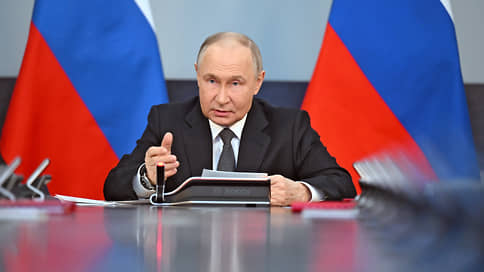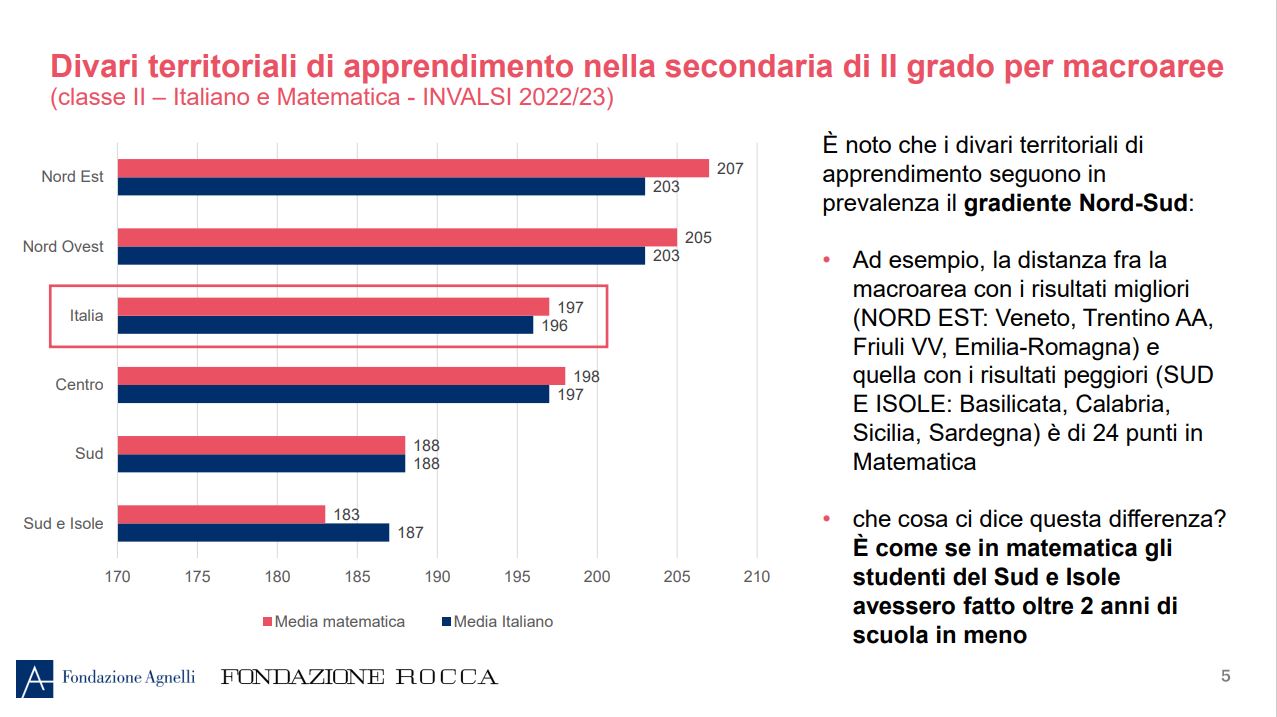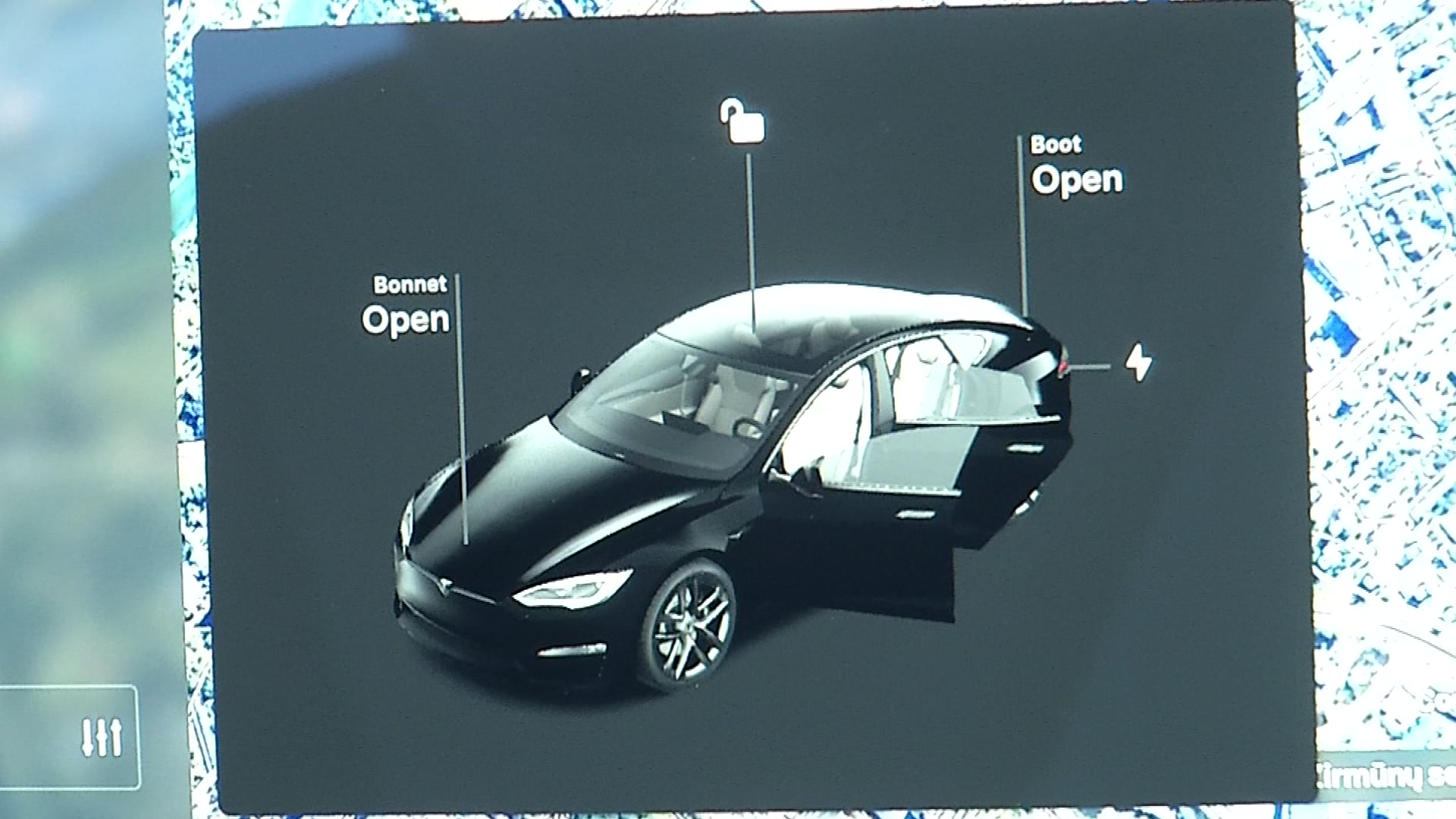How Putin’s meeting on the development of the Navy has passed

During the meeting on the Development Strategy of the Navy, which took place on April 11 in St. Petersburg, President Vladimir Putin outlined plans for a multiple increase in expenses for the construction of new ships. The lack of military sea units really limits the combat capabilities of the Russian fleet, the expert notes. This problem can be solved by introducing new ships created taking into account modern threats in the form of drones, emeracking boats and hypersonic missiles.
According to Vladimir Putin, in the next ten years the construction of new ships and vessels of the Navy (Navy) provides for 8.4 trillion rubles. These expenses are already provided in future budgets, but the total amount of expenses will depend on the Fleet Development Program, the president added. Money should go separately from the rest of the expenditure part, which annually is sent to the Navy for modernization, the maintenance of the fleet and the development of infrastructure (approximately 15–20% of the entire defense budget, there are no accurate numbers in the open access).
According to Vladimir Putin, the success and specific terms for the implementation of this task depend not only on financing, but also on the coordinated work of all links in the defense and industrial complex: shipbuilding, instrument-making, machine-building and other adjacent industries, with a focus for technological sovereignty and import substitution of the necessary units and components for the Navy. Given the statement of the head of state that the share of modern weapons and equipment in marine strategic nuclear forces is “already 100%”, there is every reason to believe that first of all we are talking about the surface, rather than an underwater component of the Navy.
The low rate of release of new ships for replacing the outdated Soviet construction projects and the protracted terms for their delivery are one of the main problems of the Russian fleet, said Ilya Kramnik, a researcher at the Center for Strategic Planning IMEMO RAS.
According to him, the absence of a sufficient number of sea combat units directly affects the combat stability of the fleet, including strategic nuclear forces: “Atomic missile carriers that go out for combat duty need reliable support and protection – both in peace and wartime. Without a powerful general purpose fleet, this task becomes difficult to make. ”
According to Mr. Kramnik, the plans declared by the President on a multiple increase in expenses (before the construction of new ships, no more than 300 billion rubles per year) in the foreseeable perspective may bring the solution to this problem. Recall that over the previous five years, Russian shipyards produced 12 large surface ships (frigates, corvettes, small missile boats, landing ships), four atomic and two diesel-electrical submarines, while China and the United States put into operation 100 and 45 large ships of similar classes.
The analyst emphasizes that the Navy needs to focus on creating new projects that take into account modern threats: unmanned vehicles, emeracking boat-smokadze, hypersonic weapons. “Promising destroyers, such as the project of a large ship, conditionally associated with the project 23560“ Leader ”, could become the basis for the Fleet of the Future. I would like to have not two or four of them, but at least 15, ”adds Ilya Kramnik. According to him, these ships, in terms of characteristics close to missile cruisers, surpass the projects of missile cruisers type 1144 in size and according to the plans to carry advanced weapons, hypersonic anti-ship missiles and anti-aircraft missile systems to ensure protection from enemy aircraft and missiles.
At the end of the open part of the meeting, the president separately noted the need for the speedy development and serial production of domestic unmanned aviation systems of ship -based, marine robotics complexes, and non -electrical underwater and surface boats. According to plans, they should be closely integrated into a single information circuit with a Russian intelligence satellite group.








